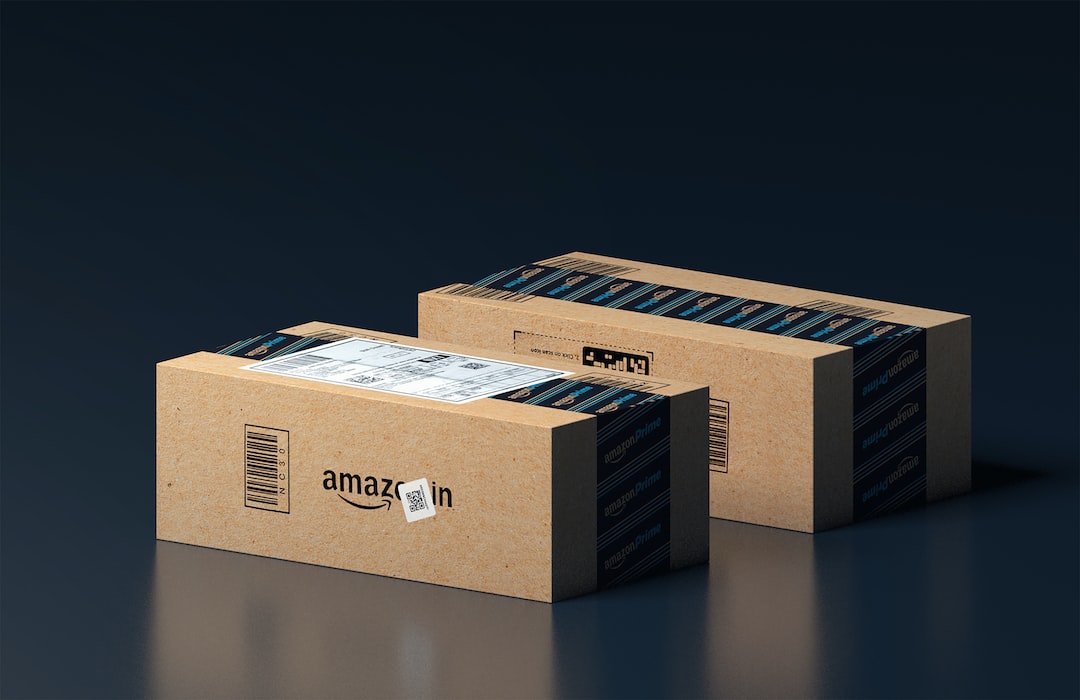Creating an Effective Customer Loyalty Program: Strategies for Retaining Customers
In today’s competitive business landscape, customer loyalty has become more important than ever. With countless options available to consumers, retaining customers can be a challenging task. However, with an effective customer loyalty program in place, businesses can build long-lasting relationships with their customers and turn them into loyal brand advocates. In this blog post, we will discuss strategies for creating an effective customer loyalty program that will help you retain customers and drive repeat business.
1. Understand Your Target Audience
Before creating a customer loyalty program, it is crucial to have a deep understanding of your target audience. Who are your customers? What are their needs and preferences? By conducting market research and analyzing customer data, you can gain valuable insights into their behaviors and identify what motivates them to stay loyal to a brand. This information will serve as a foundation for designing a program that resonates with your customers.
2. Define Clear Program Objectives
To create an effective customer loyalty program, it is essential to define clear objectives. What do you want to achieve with your program? Is it to increase customer retention, drive repeat purchases, or boost customer advocacy? By setting specific goals, you can align your program strategies accordingly and measure its success.
3. Develop Reward Structures
Offering rewards is a vital component of any customer loyalty program. However, it is essential to develop reward structures that align with your target audience’s preferences. Some customers may prefer discounts or coupons, while others may value exclusive access to new products or personalized experiences. By offering a variety of rewards, you can cater to different customer segments and enhance their engagement with your program.
4. Personalize the Customer Experience
Personalization is key to building strong customer relationships. Your loyalty program should not be a one-size-fits-all approach. By leveraging your customer data and preferences, you can tailor rewards and offers to each individual. For example, sending personalized birthday discounts or recommendations based on their previous purchases can make customers feel valued and increase their loyalty to your brand.
5. Foster Emotional Connections
Emotional connections play a significant role in customer loyalty. Customers are more likely to stay loyal to a brand if they feel an emotional connection and perceive it as a reflection of their values and aspirations. Therefore, it is crucial to create experiences that resonate with customers and evoke positive emotions. This could be achieved through storytelling, social impact initiatives, or creating a sense of community through dedicated forums or social media groups.
6. Communicate Effectively
Communication is key to keeping your customers engaged in your loyalty program. Regularly inform them about new rewards, exclusive offers, or upcoming events to keep them excited and motivated to participate. Utilize various communication channels such as email, SMS, or mobile apps to reach customers where they are most likely to engage.
7. Monitor and Optimize
Once your loyalty program is up and running, it is crucial to monitor its performance regularly. Analyze data, review customer feedback, and identify areas for improvement. Are customers redeeming rewards? Are they actively participating in the program? By measuring the effectiveness of your program, you can make data-driven decisions to optimize and enhance it, ensuring maximum customer retention.
8. Continuously Evolve
Customer preferences and expectations are constantly changing, and so should your loyalty program. Keep a pulse on market trends, new technologies, and customer feedback. Continuously evolve your program to meet the evolving needs and ensure it remains relevant and valuable to your customers.
In conclusion, creating an effective customer loyalty program requires a deep understanding of your target audience, clear objectives, personalized rewards, and effective communication. By implementing these strategies, businesses can build strong customer relationships, increase retention, and drive repeat business. Remember, investing in customer loyalty is investing in the long-term success of your business.

